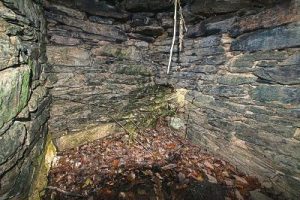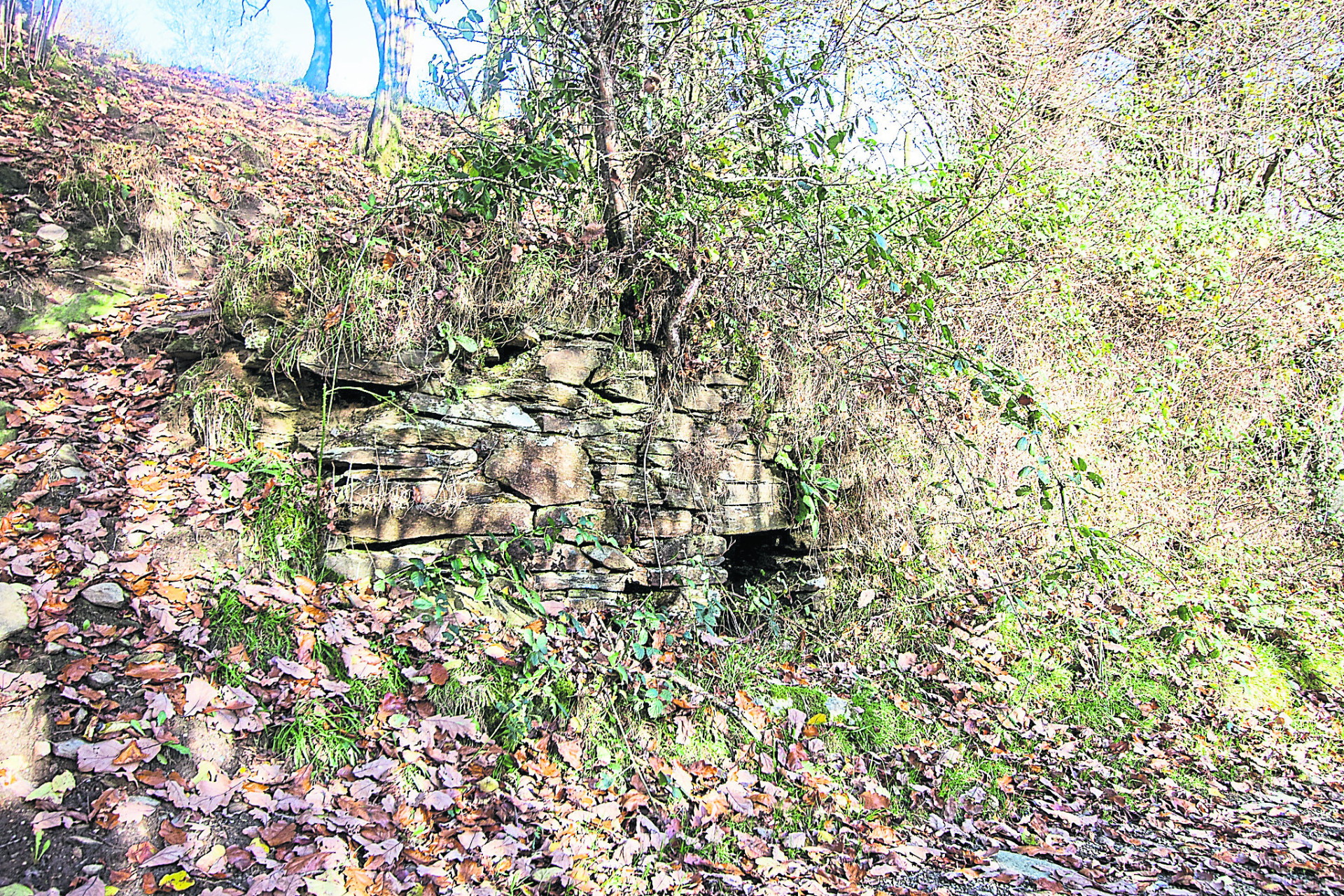Today, spas and health suites are seen as modern luxuries, with saunas and jacuzzis popular among health & wellbeing enthusiasts. Yet, few realise that our ancestors enjoyed similar practices, albeit in a much simpler and more rustic form.
Across Ireland, over 250 sites known as ‘sweathouses’ date back to the late 1700s. These primitive saunas, often built near water sources, were used for health and wellness. Locally, one such site remains hidden on the outskirts of Rouskey.

On Saturday, my colleague, Michael Devlin, and I pulled on our wellies and boots and ventured off to find this intriguing piece of history
Michael, who had been to the location before, showed me the surrounding hills and the valley in which the sweathouse was retained.
When he said we’d already passed it after walking down to the river, I was baffled. I had imagined a large stone structure, yet the hidden sweathouse was nearly camouflaged by foliage, resembling a small stone wall.
It was only a few feet wide and just as tall, with a shoulder-width gap on the ground as its entrance.

Crawling on my elbows and knees, I squeezed inside. The low ceiling heightened a sense of claustrophobia, making it hard to fathom lighting a fire and enduring the heat and smoke in such a confined space.
Yet this discomforting practice was said to have been used to cure old ailments, such as arthritis, gout and even infertility.
Whilst steam rooms today use automatic sensors to boil water, creating steam, with an automatic cold shower after, things back then were a bit more laborious.
Turf fires were lit inside, left to burn for hours to generate heat and smoke. Once ready, users stripped naked, crawled in, and sealed the entrance behind them. After sweating it out, they would cool off in nearby streams or lakes.
However, folklore suggests sweathouses weren’t just for healing. Some stories claim they were used to distill poitín or even as venues for hallucinogenic rituals invoking Celtic gods.
As advancements were made in the medical field during the 19th and 20th century, the sweathouses became obsolete, though some were reportedly still used into the 1950s.
In Rouskey, however, it’s unclear when this practice ceased entirely, although most locals today would probably prefer to travel to a modern spa rather than endure the muddy trek to a sweathouse.








